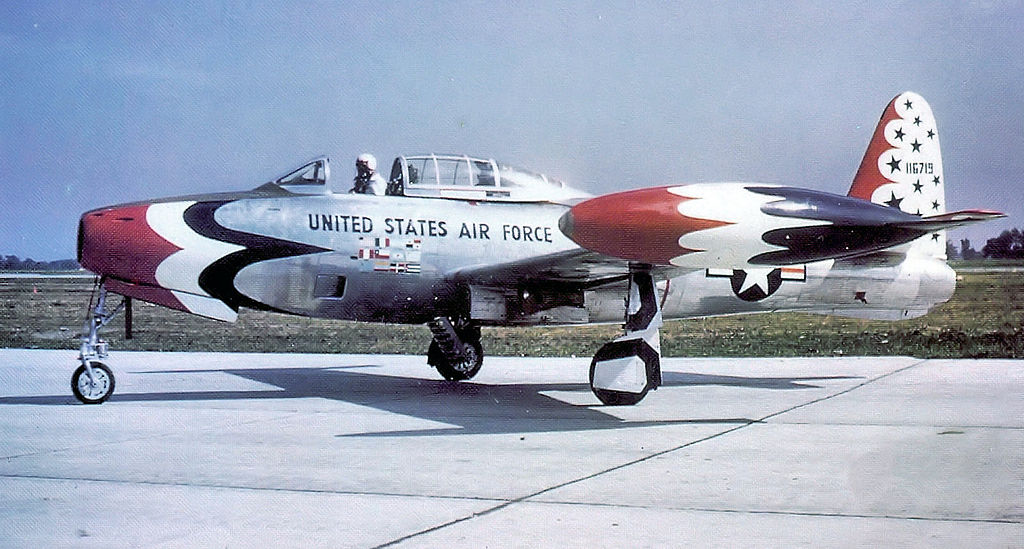October 24 in U.S. military history
1742: After disease and poor management leads to the deaths of all but 600 of the 3,500-man 61st Regiment of Foot, the American expeditionary force is disbanded and returns to the colonies. “Gooch’s Regiment”, named after regimental commander – also the Governor of Virginia – Lt. Col. William Gooch, had been part of the ill-fated British expedition to capture the Spanish colony of Cartagena (present-day Colombia).
1944: On day two of the Battle of Leyte Gulf — the largest naval engagement of World War II — U.S. aircraft attack the Japanese fleet, sinking the battleship Musashi and damaging four others. A single Japanese dive bomber attacks the light carrier USS Princeton (CVL-23) igniting an internal blaze that will sink the ship with just one bomb.
In the air, Cmdr. David McCampbell and wingman Ens. Roy Rushing spot a flight of 60 Japanese planes and engage despite the outrageous odds. McCampbell shoots down nine warplanes, setting a single sortie record, and his partner claims six. After becoming the only U.S. aviator to claim “ace in a day” status twice, McCampbell lands his F6F Hellcat as it runs out of fuel and with only two bullets left. For his daring actions, the top Naval ace of the war is awarded the Medal of Honor.
In the Taiwan Straight, the submarine USS Tang, whose crew sank five Japanese ships in a single engagement the day before, fires another torpedo, which circles around and sinks Tang. The sub bottoms out in 180 feet of water, but nine crew members – including skipper Richard O’Kane – escape in the only known successful use of the Momsen rebreather.
1951: In the skies over Korea, 150 Russian MiG-15 fighters intercept a formation of B-29 bombers and 55 F-84 Thunderjet escorts (featured image). The communists manage to shoot down four of the B-29s and one escort, but at least eight MiGs are lost in the largest air battle of the Korean War. The sortie will be the last daylight bombing raid for the B-29.
1953: Convair’s chief test pilot Richard L. “Dick” Johnson takes off from Edwards Air Force Base in a YF-102 prototype, marking the first flight of the Delta Dagger. The interceptor carried the AIM-26 Nuclear Falcon missile, which was designed for use against Soviet bomber formations. President George W. Bush flew a “Duce” during his service as a pilot with the Texas Air National Guard.

But back to Johnson: Prior to his days as a test pilot, he flew 190 missions over North Africa and Italy in his P-47 Thunderbolt, then went on to become the second Air Force pilot to break the sound barrier. Johnson deployed to Korea where he was supposed to be supervising the installation of equipment on F-86 Sabre fighters, but was sent home after the Air Force discovered Johnson was flying unauthorized combat missions.
1954: President Dwight Eisenhower sends a letter to Prime Minister Ngo Dinh Diem, pledging direct support to the South Vietnamese government. Although American assets have been in French Indochina since World War II, this date is considered the beginning of the U.S. commitment to South Vietnam.

Today’s post is in honor of Spc. Jose L. Mesa, who was killed by an enemy mortar attack in Samaria, Iraq on this day in 2003. Mesa, 26, of Bell Gardens, Calif., was assigned to C Company, 1st Battalion, 12th Infantry Regiment, 4th Infantry Division.
